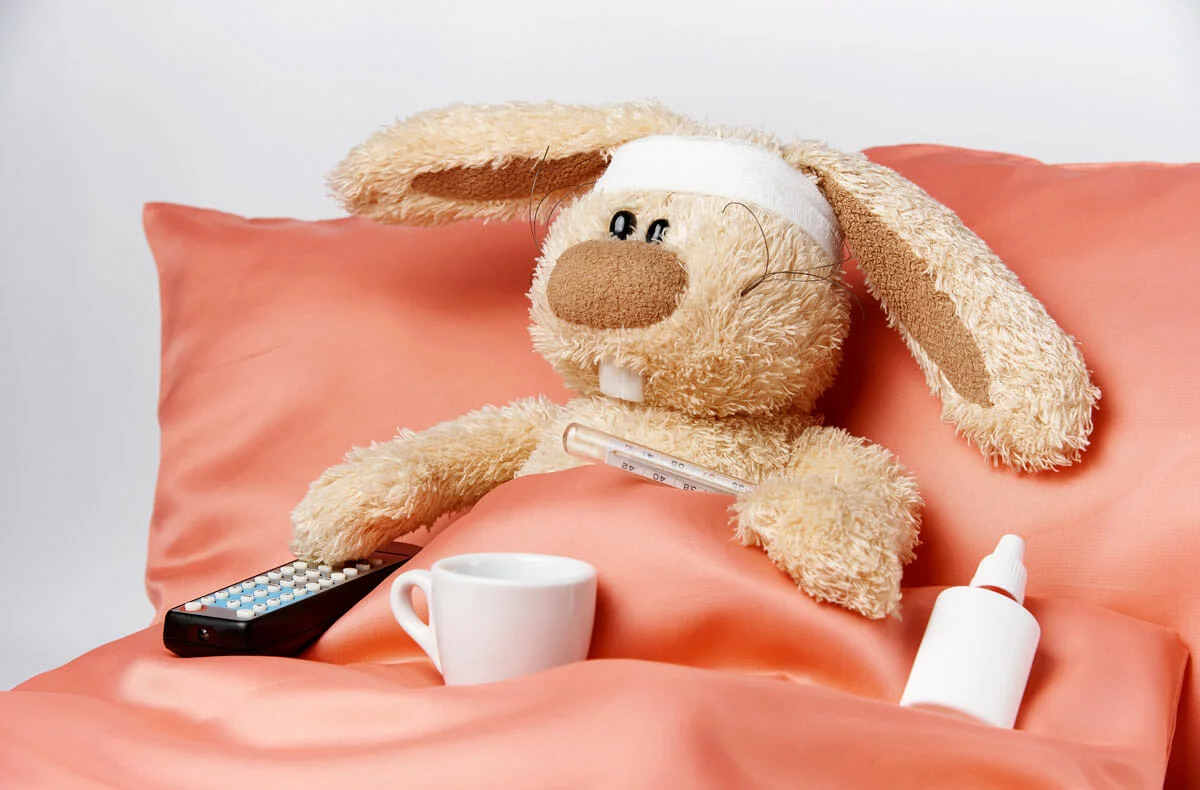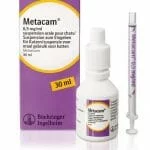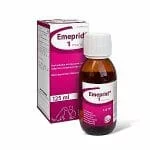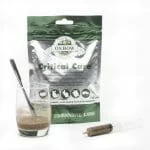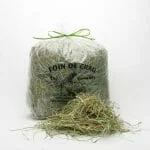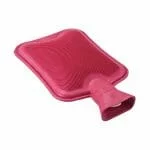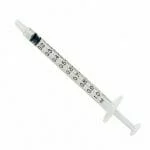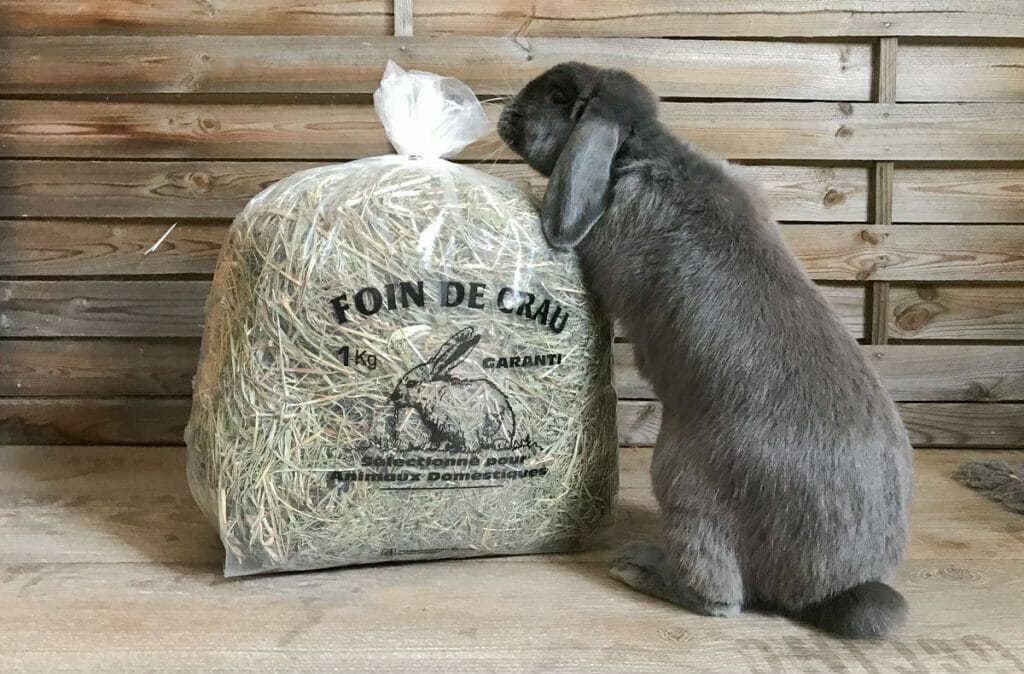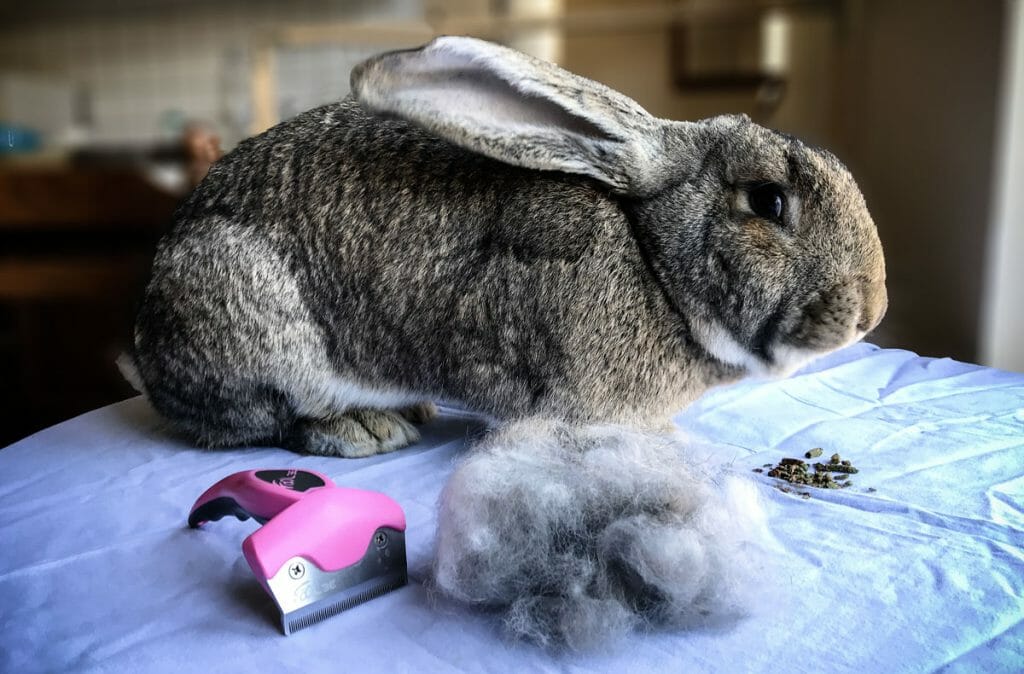GI stasis in rabbits can be deadly overnight. However, learning to sense it and doing simple actions can save your rabbit’s life!
I have decided to write this article to teach you the right action to take in case of suspicion of GI stasis in rabbits but also medicines and utensils you must have at your fingertips. I realized that when an accident occurred, people knew little about the actions to be taken or were completely helpless toward their rabbit’s pain, the vital risk involved and the lack of information on the subject.
There is no way for first aid to be a substitute for a visit to the veterinarian because a GI stasis can be fatal for rabbits. However, these first steps will be extremely useful when intestinal problems occur in the evening or on weekends. You will be able to relieve your mate while waiting for the visit to a professional.
When to suspect a GI stasis in rabbits?
First of all, if you notice that
- Your rabbit is apathetic,
- He puts itself in a ball position,
- He no longer feeds,
the warnings should automatically come to your mind. A rabbit that is no longer feeding, is a rabbit in danger!
Actions to take if you suspect that your rabbit has digestive issues:
- Empty the litter to check if the rabbit is making its droppings or not.
- Does it have cold ears (when my rabbit suffers from a GI stasis, it is systematically in hypothermic state)
- Touch your rabbit’s belly, is it swollen and hard?
- Has your rabbit stopped feeding, if so, since when?
- Does it drink? Hydration is essential when intestinal problems occur because if the feed of its stomach is dry, your rabbit will have difficulty evacuating its stool.
- Does your rabbit grind its teeth? It’s an obvious sign of pain.
What should you do?
- If your rabbit usually eats pellets, remove them from its diet as they are too dry for the digestive system.
- Encourage it to drink as much as possible. If it refuses, put a little papaya or pineapple juice in its water. If it doesn’t want to drink at all, get it to drink from a syringe.
- Encourage it to eat hay, if it refuses, it is good to have Critical Care to force-feed it.
- Encourage it to walk, to stretch its legs, the exercise helps relaunch its intestinal transit. Under no circumstances should it be allowed to be locked in a small cage.
- Encourage it to eat a little greenery or fruit compote.
- Encourage it to eat hay.
- Massaging its belly can also be useful.
At home, you should have the following:
- A syringe for drinking and feeding it
- Pineapple or papaya fruit juice
- A bag of Critical Care for force-feeding
- Greenery, vegetables, and fruit to make a compote
- A hot water bottle in case of hypothermia
Medicines to have at home:
I have to admit that I prefer to have some medicines at home in case of an emergency. I, therefore, renew my small pharmacy when I visit my vet. I always ask him for:
- Metacam, which is a pain reliever.
- Emeprid in drinkable solution (Primperan) or Feligastryl for restarting intestinal transit.
- Probiotic Rodent Digest, a food supplement that contributes to the digestive activity.
- Polysilane, which acts on intestinal bloating.
- Critical Care (available at Rabbits.world), which is a medical food used in case of anorexia. It’s a powder that we mix with hot water for force-feeding.
- Papaya Tablets, which are sweets made from dehydrated papaya and pineapple. It’s available in your Rabbits Concept Store. The natural enzymes contained in papaya and pineapple prevent hairballs in the stomach of small animals.
Please ask your vet about dosages since they will vary according to the weight of your rabbit.
To sum up, it is important to know your animal well, having a preventive diagnosis can save its life. Observe it carefully because rabbits have kept their wild instinct not to show their pain. Don’t wait, as soon as your pet’s first anorexia symptoms appear and in the absence of droppings, immediately call your vet to schedule an appointment. In the meantime, the above actions can relieve your rabbit and perhaps save its life.
- Comprimés Papaya Support Oxbow pour lapin
- Critical Care Oxbow pour lapin
- Foin de Crau pour lapin

 Food
Food Essentials
Essentials Toys
Toys Accessories
Accessories Goodies
Goodies